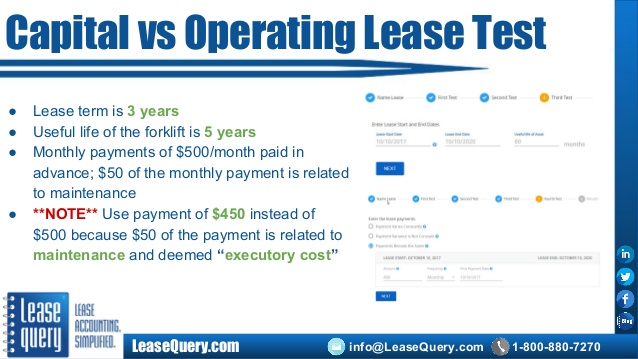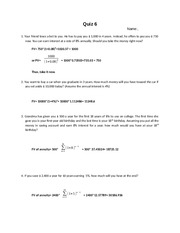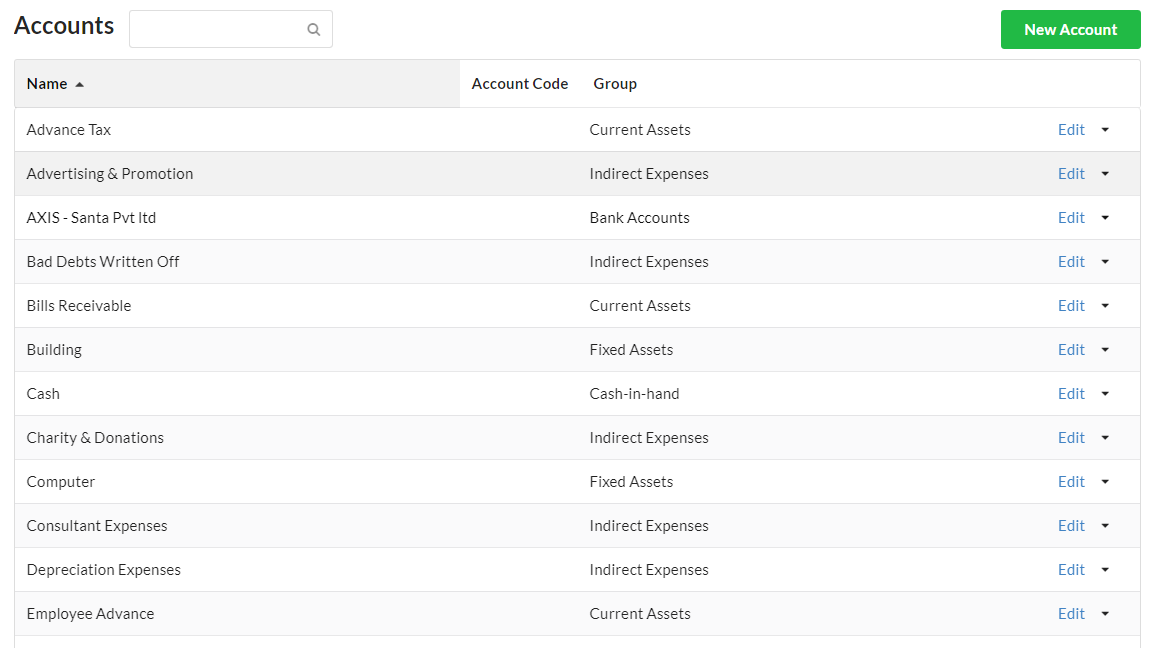Content

For example, a company has $70,000 of accounts receivable less than 30 days outstanding and $30,000 of accounts receivable more than 30 days outstanding. The direct write-off method is used in the U.S. for income tax purposes. However, while the direct write-off method records the exact amount of uncollectible accounts, it fails to uphold the matching principle used in accrual accounting The difference between bad debt and doubtful debt and generally accepted accounting principles . The matching principle requires that expenses be matched to related revenues in the same accounting period in which the revenue transaction occurs. In accordance with GAAP revenue recognition policies, the company must still record credit sales (i.e. not cash) as revenue on the income statement and accounts receivable on the balance sheet.

On the other hand, the historical percentage method uses past data on bad debts to give an approximation of the allowance a business needs to keep for its doubtful accounts. External, uncontrollable circumstances can cause people not to repay their loans or credits.
How to Calculate Bad Debt Expense
The direct write-off method and the allowance method, also used for doubtful debt accounts, are alternatives to establishing the credit memo. A report from PYMNTS.com says that 93% of businesses receive late payments from customers, and companies write off 1.5% of their accounts receivables, on average. So, having an allowance for doubtful accounts is critical as it indicates the bad debt expense a company expects to incur. A bad debt expense is recognized when a receivable is no longer collectible because a customer is unable to fulfill their obligation to pay an outstanding debt due to bankruptcy or other financial problems. Companies that extend credit to their customers report bad debts as an allowance for doubtful accounts on the balance sheet, which is also known as a provision for credit losses. And, having a lot of bad debts drives down the amount of revenue your business should have. By predicting the amount of accounts receivables customers won’t pay, you can anticipate your losses from bad debts.
- The statistical calculations can utilize historical data from the business as well as from the industry as a whole.
- The projected bad debt expense is properly matched against the related sale, thereby providing a more accurate view of revenue and expenses for a specific period of time.
- In addition, this accounting process prevents the large swings in operating results when uncollectible accounts are written off directly as bad debt expenses.
- The direct write-off method and the allowance method, also used for doubtful debt accounts, are alternatives to establishing the credit memo.
In this sense, bad debt is in contrast to good debt, which an individual or company takes out to help generate income or increase their overall net worth. It is reported along with other selling, general, and administrative costs. In either case, bad debt represents a reduction in net income, so in many ways, bad debt has characteristics of both an expense and a loss account. In addition, it’s important to note the change in the allowance from one year to the next. Because the allowance went relatively unchanged at $1.1 billion in both 2020 and 2021, the entry to bad debt expense would not have been material.
Methods of Estimating Bad Debt
So, here the question arises, ‘To which year the loss belongs – current year’s or next year’s? ‘ Well, obviously it is the current year’s loss, even when the amount is written off next year. When the debtor is declared insolvent by the Court and he is not able to pay the due sum.

A bad debt refers to an account receivable that has been specifically identified as uncollectible and, therefore, it is written off. Bad debt occurs when a borrower or debtor defaults – fails to repay his or her loan or debt. If the customers‘ account are not yet written off, the Allowance account should report a credit balance of $5,200 so that the company’s balance sheet will report the net realizable value of $194,800.
Allowance Method: Journal Entries (Debit and Credit)
The first is the direct write-off method, which involves writing off accounts when they are identified as uncollectible. While this method records the precise figure for accounts determined to be uncollectible, it fails to adhere to the matching principle used in accrual accounting and generally accepted accounting principles . Instead, the entry to record the write off of an uncollectible account reduces both Accounts Receivables and the Allowance for Bad Debts. However, the direct write-off method can result in misstating the income between reporting periods if the bad debt journal entry occurred in a different period from the sales entry. For such a reason, it is only permitted when writing off immaterial amounts. The journal entry for the direct write-off method is a debit to bad debt expense and a credit to accounts receivable.
- The project is completed; however, during the time between the start of the project and its completion, the customer fails to fulfill their financial obligation.
- 7.2 Calculate and compare depreciation expense using straight-line, reducing-balance and units-of-activity methods.
- When the customer is dishonest, wherein the party has received goods on credit having no intention to discharge the debt.
- Use an allowance for doubtful accounts entry when you extend credit to customers.
Although a generic % based formula has been mentioned above that can be used generally. Therefore the amount of bad debts incurred by Dell Ltd. will be equal to 60% of the total credit sale of 4,00,000 made to XYZ Ltd. Using the double-entry accounting method, a business records the amount of money the customers owe it in an Account Receivable Account. A write-off refers to a term in accounting where a business reduces the value of its assets https://online-accounting.net/ because it is uncollectible , resulting in a loss. The the amount that a company keeps as bad debt reserve is determined by the company’s management and the nature of the industry. When it is expected that the outstanding amount to the customers will not be recovered, it is advisable to recognize the anticipated loss. This can be done by decreasing the current year’s profit and entering the amount to the credit of the special account, i.e.